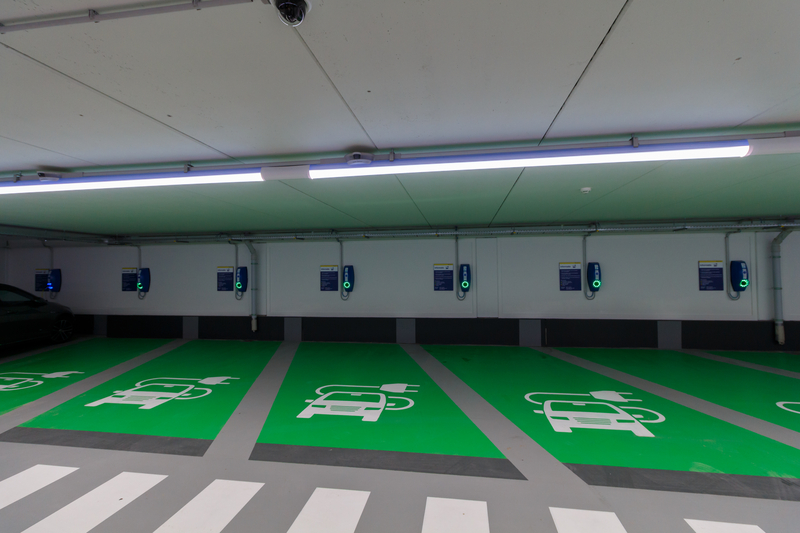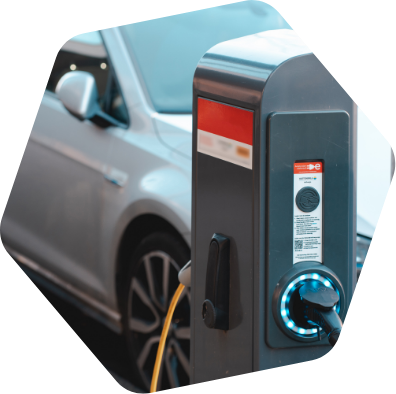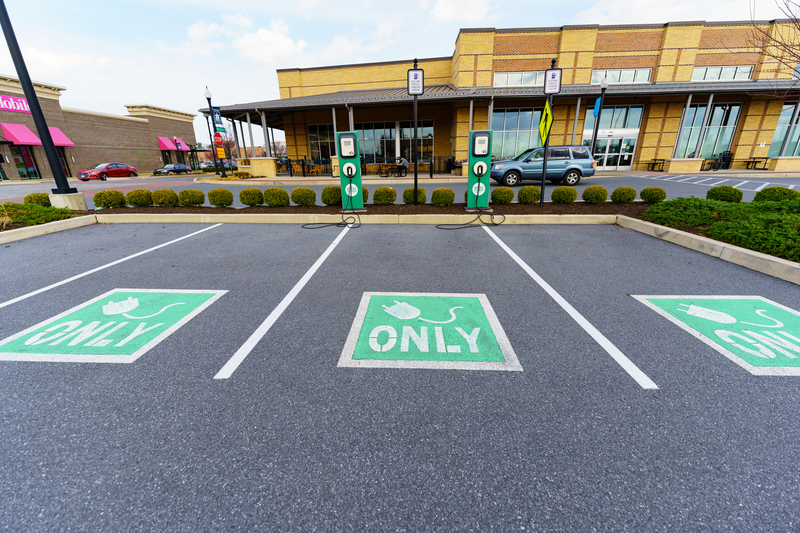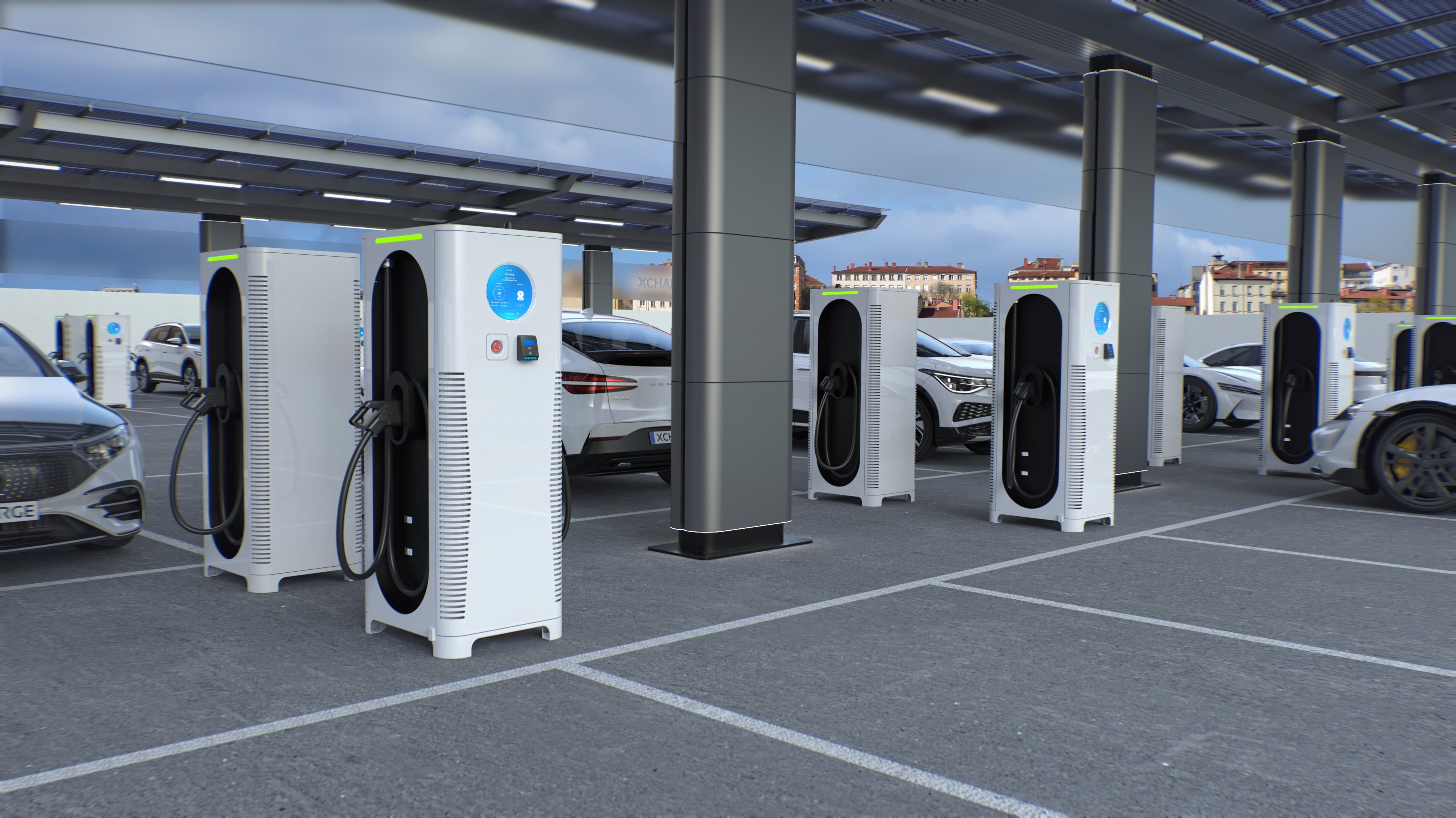
It is essential that parking site owners and operators plan for the safety of EV charging in parking, according to John Nolan, MD of transportation at Harvard University.
Speaking during the EV Charging 101 virtual event, he commented: "In those existing facilities that have columns in them you may want to utilise them for fire separation in some cases.
"I'd like to see about a 10-foot space for EV charging in order to cut down on the potential spread of fire. This will be challenging in some facilities where the spaces are tighter, and also in terms of utilisation."
He recommends consulting with a structural engineer on parking site deployments at existing facilities and having a condition appraisal performed.
In the infrastructure planning stage for new parking facilities, Nolan says he would deploy Level 2 (6.2 to 19.2 kW) chargers if the future parker profiles are unknown.
"An average parking facility is about 500 spaces and I'd plan for about 10% to be [EV charging] ready and 50% that are enabled," he says. "So that would be 50 spaces that are ready and 250 that are enabled."
Nolan also says that slab load factors in the facility should be upsized to account for additional vehicle weight.
Global non-profit safety campaigning organisation the National Fire Protection Association (NFPA) now requires sprinkler systems for all new parking garages.
Moving from the planning to the design stage of EV charging deployments, Jose Morales, VP of construction at parking technology platform company Flash Parking, says that the deployer must understand the relationship between the location of the EV panel (which feeds electricity to the parking spots) and the EV charger itself. He adds that the further away from each other these two elements are, it introduces constraints into the design process.
With a retrofit of an existing facility, Morales says it is key to start by understanding how much energy is actually available. "In most cases if a building was not planning for EVs it will not have a dedicated panel prepared for it," he adds. "That tends to start the conversation and planning with the utility company about what existing power they have and how much more they would need to bring in and upgrade with."
Morales says the design process for EV charging is somewhat different in new-build facilities, with codes and specifications available that can assist in planning.
"The International Building Code (IBC) gives us a framework and the guidelines for a project," he adds. "It sets a percentage of total parking spaces - EV-ready versus EV-capable."
In addition the National Electrical Code (NEC) provides explanation on how the EV panels and chargers interact with each other. "A combination of these two guidelines gives an idea of where the EV chargers should be located on a new-build project," says Morales.
Richard Easley, who is president at E-Squared Engineering and on the board of directors at IPMI (International Parking Mobility Institute), says that equity considerations must be taken into account in charging infrastructure rollouts.
The US government has rolled out the Justice 40 initiative, which aims to deliver 40% of overall benefits of Federal climate, clean energy and other investments to disadvantaged communities.
"That means there are dollars available to do those things to serve these communities," says Easley. "We have heard the term 'food deserts' and now we are starting to see EV charging deserts. In the Manhattan neighbourhood of East Harlem there are only seven EV charging stations available."












